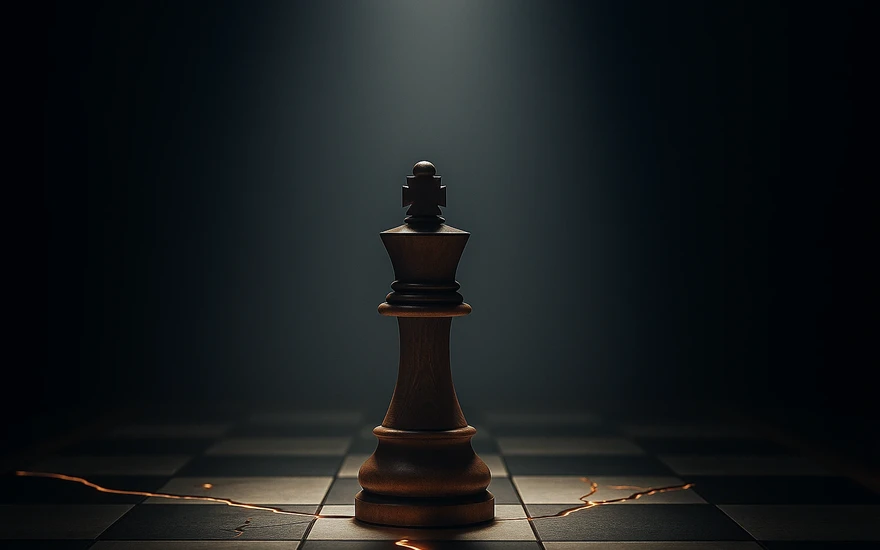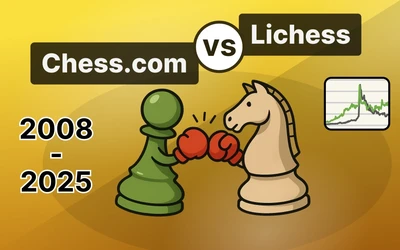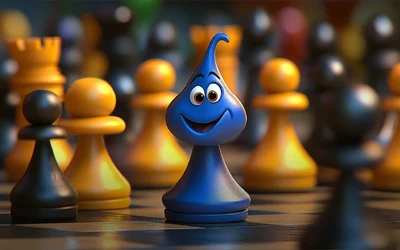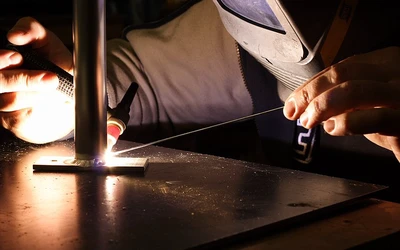
From 1400 to 1800: Chess Training Guide
Jumping from a 1400 rating to 1800 isn’t magic, luck, or the result of sleeping with a chess book under your pillow (though I can’t stop you from trying). It’s a matter of sharpening your understanding, training consistently, and most importantly, feeding your subconscious the right patterns so it can whisper good moves to you when the clock is ticking.Let’s break this journey down into clear and actionable steps:
A. Understand Pawn Structures & Middlegame Themes
Pawn structures are the skeleton of the position. Understand the skeleton, and you can figure out where the muscles, meaning the pieces, belong. The classics are your gym here: games by Capablanca, Smyslov, Petrosian, and other legends of the game. Study them with a guess the move approach, not as a passive Netflix binge.
Capablanca advised building a database of model games to learn positional patterns. Dvoretsky echoed it, urging players to keep a database of positional "sketches". Lasker also pointed out that in chess you do not need to memorize endless sequences, but rather understand the methods, which applies to the opening phase as well. The aim is to store these blueprints in your subconscious until you can play similar positions by instinct.
Action:
- Create folders of model games for key pawn structures such as IQP, Caro-Kann pawn chain, Hedgehog.
- Annotate why moves are played, not just what moves are played.
- Work on openings the same way, study the resulting middlegames and structures, not just the move orders.
- Books like Chess Structures by Flores Rios, Winning Pawn Structures by Baburin, Rock Solid Chess by Tiviakov, etc., are excellent resources to get better at typical middlegame structures and themes.
B. Solve a Variety of Positions Consistently
Consistency is not just motivational poster advice; it is neuroscience. Repeatedly solving positions strengthens neural pathways, and over time, it becomes second nature to start calculating as soon as you see a position. The brain’s myelination process, where insulation builds around neural circuits, literally makes your thought patterns faster and more efficient with practice.
Action:
- Solve tactics slightly above your comfort zone, enough to stretch but not to snap.
- Always write down your full solution, including key variations, before checking the solution. This forces clarity and prompts you to make a decision similar to what you'd do in a real game.
- If you frequently end up missing your opponent’s moves in a game, solve tactics from the opposite side, i.e. look at the position from the black side if it is white to play and win. This would help you improve your prophylactic vision and alertness.
- Solve Endgame Studies, which boost creativity and make you see ideas that should not work but do. Kubbel, Troitzky, Platov are some great composers and their compositions are a great training material to improve your out-of-the-box thinking and expand your chess horizons.
C. Endgames: Theoretical vs Practical
Split your endgame work into two parts.
Theoretical: Positions you must know, such as Philidor, Lucena, and key pawn endings.
Action: You may use 100 Endgames You Must Know by De la Villa or Silman’s Complete Endgame Course, or any other theoretical endgame book, to learn the must-know positions by heart.
Practical: Understanding various methods of approaching the endgame, e.g. schematic thinking, wherein you first imagine the position you are aiming for and then find a way to get there.
Action: Shereshevsky’s Endgame Strategy is the gold standard here. Annotated games of Endgame Virtuosos such as Rubinstein, Smyslov, Capablanca, etc. are a wonderful resource to drastically improve your practical understanding of endgames. Technique further grows by repetition. Play out winning endgames against a computer until you can convert them almost in your sleep (though perhaps not literally).
D. Training Games with Stronger Players
Playing regularly with stronger opponents challenges you to raise your level of play. You quickly adapt to higher standards, and your decision-making becomes sharper. Furthermore, reviewing the game together with them would help you in aligning your thought process with a stronger player’s, which is one of the best ways to accelerate your improvement. The same stands true for analysing chess positions with a stronger player - do it whenever possible.
Action: Play training games against stronger players and analyse them together in detail. Whenever possible, analyse various chess positions with strong players and try to understand their thought process.
E. Most Important: Keep Track of your Training
Without a log of your training, you are just wandering through the chess forest hoping to bump into improvement. Track what you have done: positions solved, endgames studied, games reviewed. And if possible, have someone you are accountable to: a coach.
A good coach does not just explain rook endings or fix your weak opening repertoire. They give you a structured training plan, hold you accountable, and keep you focused when you would rather just play a few blitz games. They can spot patterns in your mistakes that you would never notice yourself, and their feedback compresses years of trial and error into months of targeted growth.
You may also like
 ChessMonitor_Stats
ChessMonitor_StatsWhere do Grandmasters play Chess? - Lichess vs. Chess.com
This is the first large-scale analysis of Grandmaster activity across Chess.com and Lichess from 200… GM Avetik_ChessMood
GM Avetik_ChessMood10 Things to Give Up to Enjoy Chess Fully
Discover how embracing a lighter mindset can help you enjoy chess again and achieve better results. FM ChessisEternal
FM ChessisEternalTime Trouble: The Hidden Devil of Chess
You can recover from a bad position, but not from an empty clock. WFM Bullet_House
WFM Bullet_HouseUnderstanding Danger: What Makes a Move Bad?
“It Looked Fine...” Until It Wasn’t thibault
thibaultHow I started building Lichess
I get this question sometimes. How did you decide to make a chess server? The truth is, I didn't. FM ChessisEternal
FM ChessisEternal